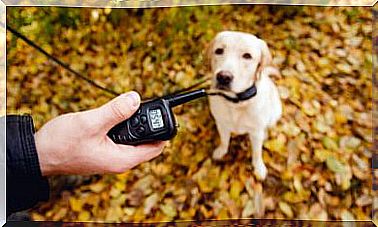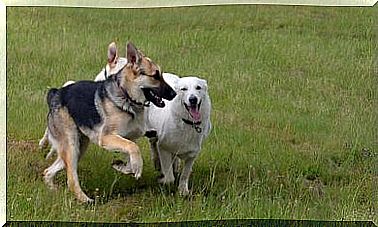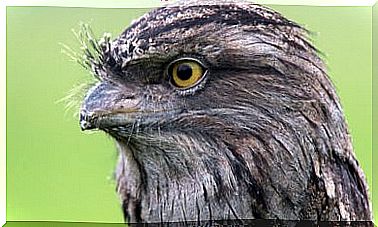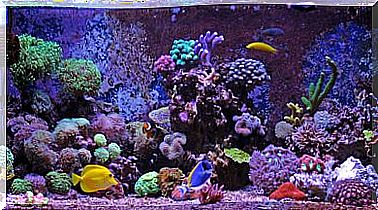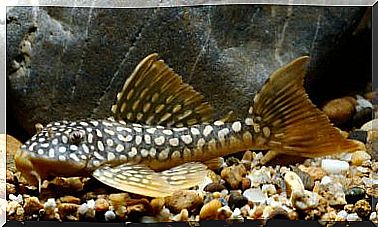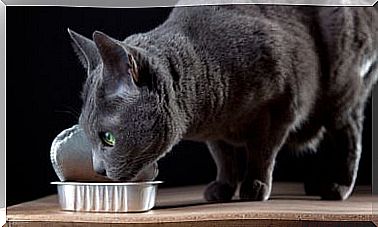How To Deal With Animals That Have Suffered A Head Injury

The incidence of head trauma in the small animal clinic is high. The most common causes are traffic accidents, falls from great heights, assaults and gunshot wounds. Faced with a patient with these characteristics, the first thing to do is a global evaluation, paying special attention to breathing and cardiovascular function.
The nostrils, ear canals, and nasopharyngeal region should be examined for bleeding that may involve a skull fracture. If necessary, radiography would be used to detect lesions that are not otherwise noticeable.
Neurological evaluation
In general, injuries that damage the cerebral hemispheres cause less severe dysfunction and a better prognosis than those that affect the brainstem. But it will be the progression of clinical signs that will help determine the prognosis of the animal.
Impaired mental status may indicate increased intracranial pressure. One of the main complications of this is a brain herniation. Prolonged stupor or coma (more than 48 – 72 hours) suggests severe brainstem disease and indicates a poor prognosis.

On the other hand, pupillary abnormalities that normalize in a short time indicate a good prognosis. However, pupils that remain dilated, do not respond to light, etc., are not a good sign. In this case, the procedure to follow will include more aggressive interventions to tackle the underlying problem.
Evaluation of intracranial pressure in small animals
Intracranial pressure (ICP) is the pressure exerted by tissues and fluids within the cranial vault . An abnormal increase in it causes symptoms derived from the compression of the neuronal tissue.
The goal of any head injury therapy is to prevent brain damage from getting complicated. That ischemia, prolonged inflammation or other effects derived from increased intracranial pressure do not occur.
The findings that indicate increased pressure within the skull are highly varied:
- from an edema of the optic disc or an abnormal pulse in the vessels of the retina;
- going through depression, stupor or coma;
- up to high blood pressure with a low heart rate.
Intracranial pressure is rarely measured directly in small animals, so it is diagnosed on suspicion but not usually confirmed.

What causes may be responsible for this increase in ICP?
Perhaps the most common is that it is a brain edema or hemorrhage. But hydrocephalus, which can be inherited or acquired, can also increase this pressure.
Treatment of head trauma in small animals
Experts make the following treatment recommendations for the closed head injury patient (no open wounds):
- Elevate the head and neck at an angle of 30 degrees above the level of the heart. Thus we facilitate venous drainage of the cranial vault. Mention that you have to make sure that nothing compresses the jugular veins, because it would hinder this drainage.
- Control pulmonary ventilation.
- Maintenance of perfusion. Hypotension, hypoxia, and hypertension should be avoided, with fluid therapy and medication if necessary.
Pharmacological treatments
Use of furosemide and mannitol
Mannitol can rapidly lower ICP by drawing water out of edematous cells and returning it to the intravascular space. However, it is contraindicated in certain patients suffering from shock to congestive heart failure.
To control the increase in ICP associated with increased intravascular volume due to mannitol , furosemide can be administered. This should be avoided in hypovolemic patients.
Decompressive craniotomy
Craniotomy produces an immediate decrease in ICP and can be very useful in the event of head trauma. It has various functions and should be considered as a possible therapy for uncontrollable increases in ICP.
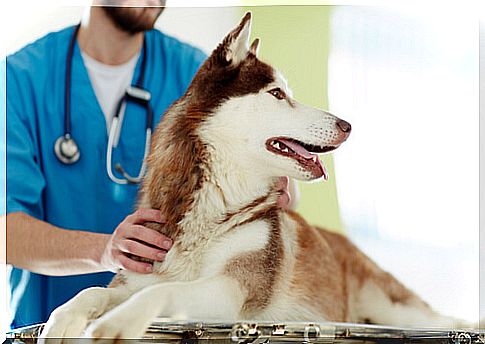
Final note: severity of head trauma in small animals
As we said at the beginning, head trauma in dogs and cats is quite common and the consequences of it can be very serious. Not only those related to health, but also the behavioral consequences. Every owner will want their pet to be the same as before the blow, right?
Therefore, to try to increase the chances of a functional recovery acceptable to the owner, the trauma approach must be immediate.

